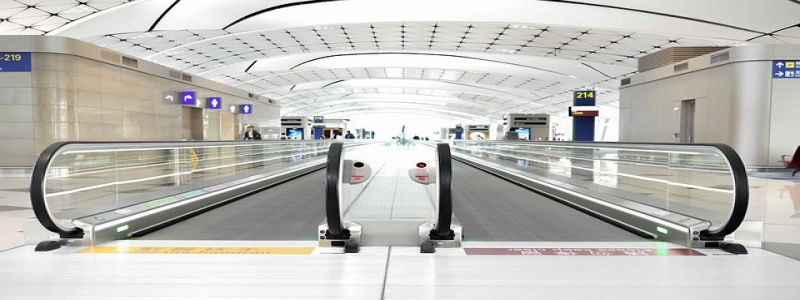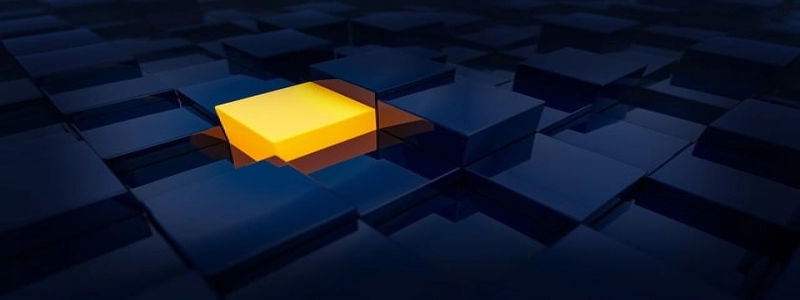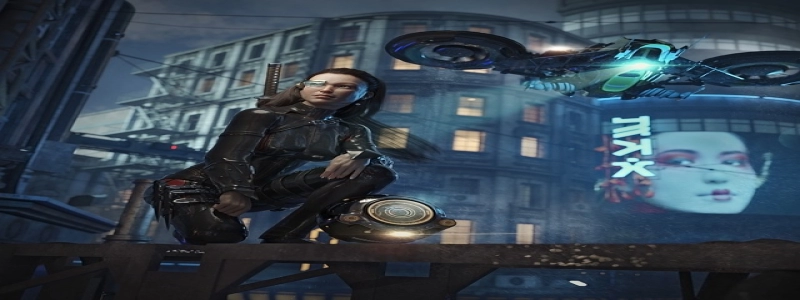Solid vs Stranded Ethernet Cable
I. Sissejuhatus
Ethernet cables are essential for establishing a network connection, whether it is for a home or office environment. When it comes to choosing the right type of Ethernet cable, one of the primary considerations is whether to opt for a solid or stranded cable. Selles artiklis, we will explore the differences between these two types of cables and help you make an informed decision.
II. Solid Ethernet Cable
A. Definition and Composition
1. Solid Ethernet cable consists of a single solid copper conductor.
2. It is typically used in permanent installations where the cable remains stationary.
3. The conductor is surrounded by insulation, usually made of high-density polyethylene (HDPE).
4. An outer jacket provides additional protection to the cable.
B. Eelised
1. Stability: Solid Ethernet cable offers better performance and stability over long distances.
2. Less Signal Loss: Due to its solid conductor, it experiences less signal loss compared to stranded cable.
3. Cost-Effective: Solid Ethernet cables are generally more cost-effective than stranded cables.
4. Less Susceptible to Electrical Noise: Solid cables have better resistance to electrical noise and interference.
C. Disadvantages
1. Limited Flexibility: Solid cables are less flexible, making them challenging to bend or route in tight spaces.
2. Prone to Breaks: Frequent bending or flexing can cause the solid conductor to break, resulting in network issues.
3. Unsuitable for Patch Cords: Solid Ethernet cables are not recommended for patch cords or temporary connections.
III. Stranded Ethernet Cable
A. Definition and Composition
1. Stranded Ethernet cable consists of multiple thin copper strands.
2. It is commonly used for patch cords and short connections that require flexibility.
3. The conductor strands are surrounded by insulation, similar to solid cables.
4. An outer jacket provides protection to the cable.
B. Eelised
1. Paindlikkus: Stranded Ethernet cables are highly flexible, enabling easy installation in tight spaces.
2. Ideal for Short Connections: They are commonly used for patch cords and temporary connections.
3. Resistance to Breaks: The stranded design reduces the risk of the cable breaking during frequent movements.
C. Disadvantages
1. Signaali kadu: Due to the multiple strands, stranded cables tend to have slightly higher signal loss over long distances.
2. Higher Cost: Stranded Ethernet cables are generally more expensive than solid cables.
3. Increased susceptibility to Electrical Noise: Stranded cables are more prone to electrical noise and interference, affecting the network performance.
IV. Järeldus
Kokkuvõtteks, the choice between solid and stranded Ethernet cables depends on the specific requirements of the network installation. Solid cables are ideal for permanent installations that require stability, kulutõhususe, and resistance to electrical noise. On the other hand, stranded cables are best suited for patch cords, temporary connections, and installations that require flexibility. Understanding the advantages and disadvantages of each type will help you make an informed decision and ensure a reliable and efficient network connection.







